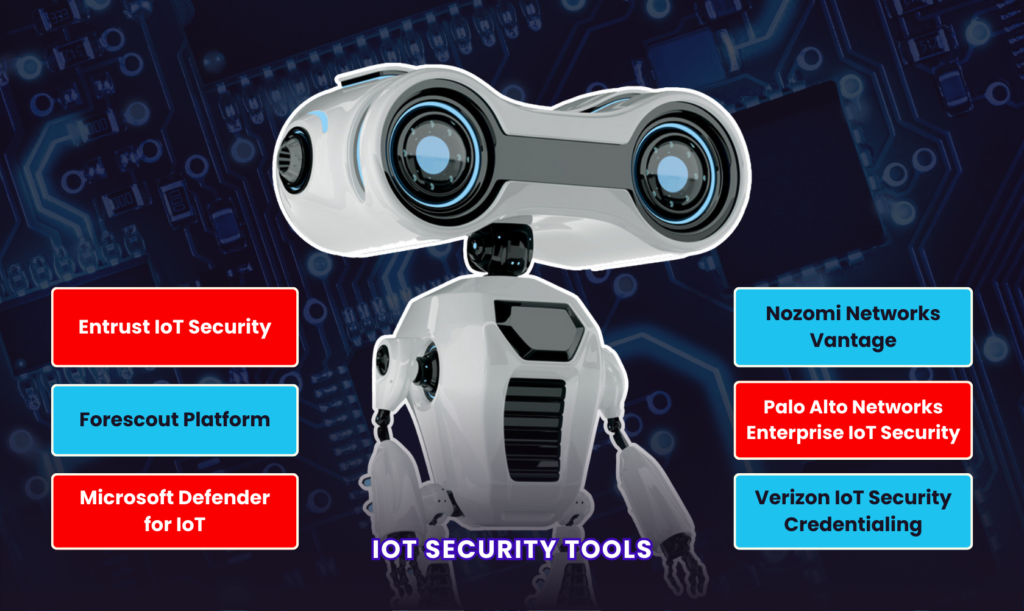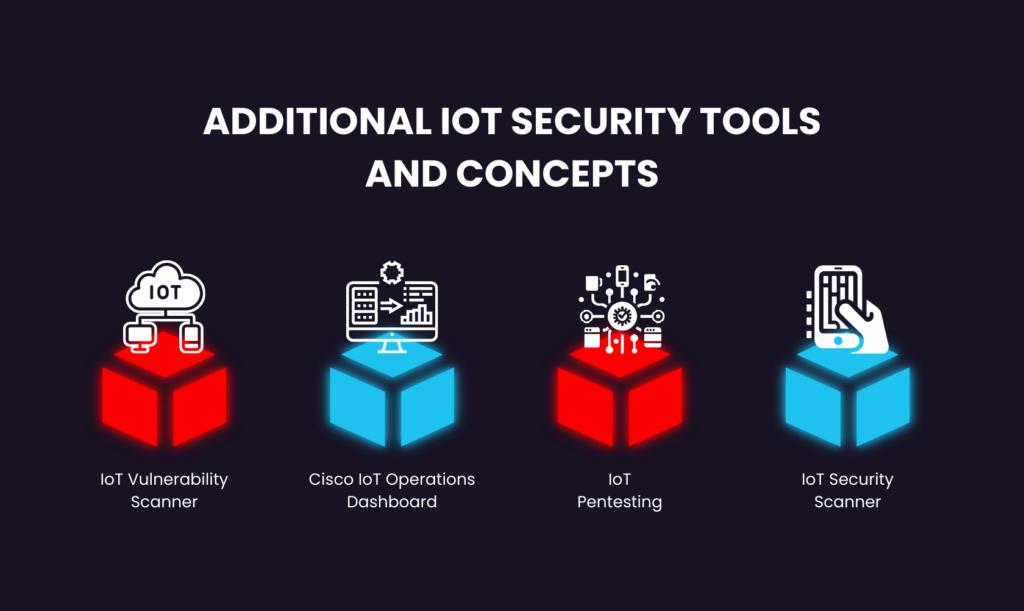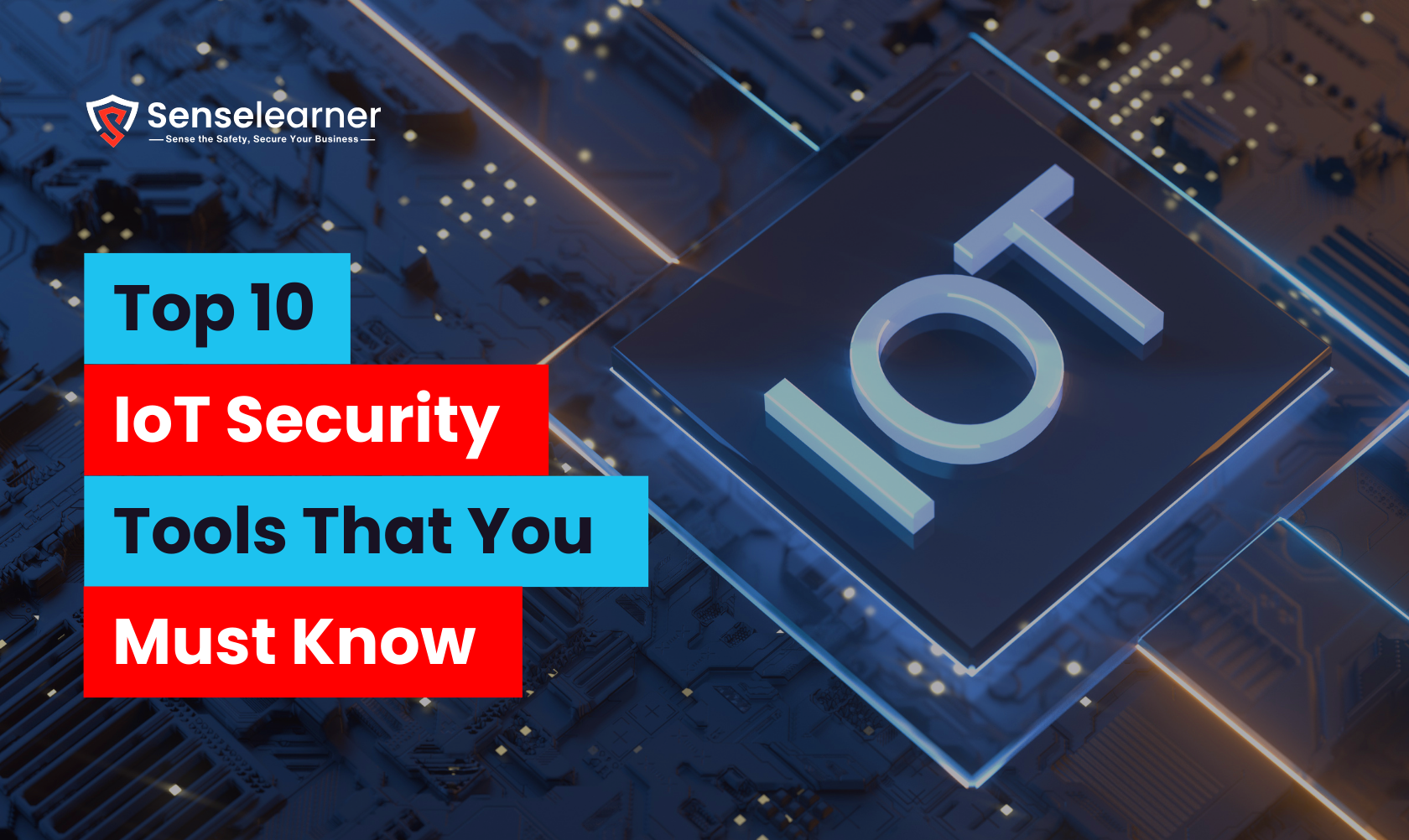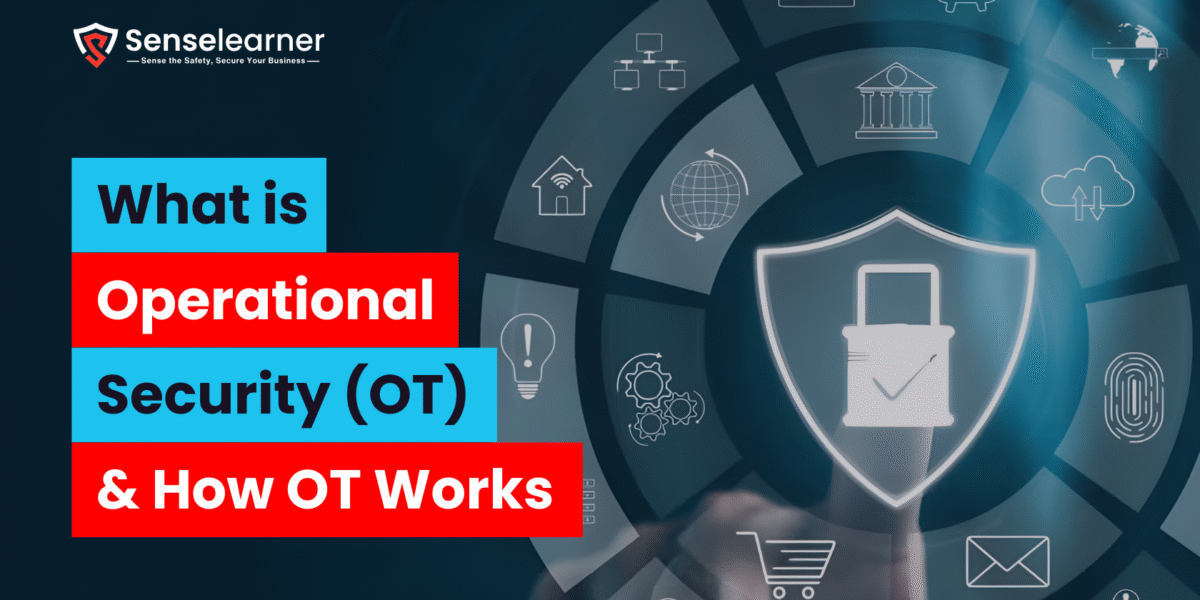Table of Contents
Introduction
Internet of things (IoT) devices produces data of their own, and often has contact to sensitive data and dangerous systems in other areas of the network. But internet of things (IoT) devices is much more difficult to protect than modern endpoints. Most sensor-based devices, e.g., have trifling computing assets, and hence cannot install typical forms of defense such as antivirus software or encryption.
Internet of things (IoT) devices also often have poor contact controls, security scans can cause sensitive devices to smash, and modern tools often don’t deliver discernibility into peer-to-peer wireless networks. In this article we provide you top 10 IoT security tools.
Here are the Top 10 IoT Security Tools

Armis Agentless Device Security Platform
Armis’ Agentless Device Security Platform allows businesses to classify, observer, and secure all accomplished and unmanaged resources in their atmospheres. The agentless platform influences your current infrastructure to classify all assets—counting model, manufacturer classifying them by device type, IoT devices in your environment and more.
One discovered Armis conducts real-time threat and vulnerability valuations, making reports on real-time device behavior. Admins can associate those reports with crowd sourced baselines to help classify malicious action. When a risk is spotted or a policy dishonored, admins can choose from a variability of in-built reply options, counting quarantining devices.
Asimily
Asimily is a complete internet of things (IoT) security platform that specializes in medical and laboratory devices. The platform determines internet of things (IoT) devices and organizes them using over 100 qualities. It also delivers visions into the relationships amongst devices, counting which devices are interactive inside or outwardly, and over which ports and protocols. Asimily makes a baseline of predictable behavior for each device, before scanning them in real-time for anomalous behavior, zero-day vulnerabilities, attacks and misconfigurations.
AWS IoT Device Defender
AWS IoT Device Defender is Amazon’s internet of things (IoT) security organization solution. With AWS internet of things (IoT) Device Defender, admins can arrange security controls such as verification and approval. The platform boundlessly reviews the security position of internet of things (IoT) devices to categorize deviances from these controls, such as the usage of devices and protocols with known security flaws, and illegal entrance.
The platform also usages machine learning to analyze historical device data, allowing it to classify irregular behavior such as qualification abuse or rare spikes in connection efforts. AWS internet of things (IoT) Device Defender warnings admins to doubtful activity via their favored AWS console, and admins can take in-built extenuation actions such as informing certificates or isolating devices.
Azure Sphere
Azure Sphere is an internet of things (IoT) security tool that allows businesses to secure and accomplish their current internet of things (IoT) devices, as well as build and secure new clever devices. Azure Sphere observes linked devices for vulnerabilities and indicators of concession. If it notices a problem, the platform reports it to managements via its cloud-based analysis system. The platform spontaneously rolls out spots and updates over-the-air.
Azure Sphere also allows device verification by linking device individualities to their hardware so they can’t be imitated by a remote enemy. Moreover, the solution supports password less verification via digital documentations and signed tokens, decreasing the threat of device compromise.

Entrust IoT Security
Entrust Internet of things (IoT) Security is a tool intended to protect internet of things (IoT) and OT devices by smearing machine and user identity management. The platform allocates each internet of things (IoT) device an exclusive digital identity, based on a secure, encoded public key infrastructure, which allows each one to be genuine before starting a connection with the wider network.
Trust internet of things (IoT) Security also deals end-to-end encryption between internet of things (IoT) devices and the cloud, confirming the honesty of data composed by internet of things (IoT) sensors, and offers on-demand; over-the-air software informs to diminish the threat of vulnerability exploit.
Forescout Platform
Forescout continuously secures and confirms the obedience of all accomplished and unmanaged devices on a network—counting OT devices, IoT and IT following zero trust values. The Forescout Platform spontaneously determines all devices as quickly as they attach to the network and categorizes them according to device function and type, version and vendor, and model and OS.
The platform then spontaneously sections devices built on this organization, applying least-privilege contact to confirm devices can only contact areas of the network they need, and diminishing the lateral movement of fears. Forescout then incessantly observes devices for vulnerabilities (e.g., weak credentials, or outstanding software/hardware updates), as well as measuring their communiqué and activity patterns for high-risk behavior.
Microsoft Defender for IoT
Microsoft Defender for IoT allows administrations to secure their IoT and OT devices, manage and identify. The platform usages agentless network observing to inventory IoT devices and identify, along with information such as their backplane layouts, communication, and protocols. Once inventoried the platform usages internet of things (IoT)-aware behavioral analytics to identify vulnerabilities and behavioral anomalies in real-time, machine learning and threat intelligence.
When vulnerabilities are exposed, Microsoft Protector for internet of things (IoT) arranges them according to risk, underlining the most likely attack paths that could lead to a compromise.
Nozomi Networks Vantage
Vantage is Nozomi Networks’ mutual internet of things (IoT) and (OT) security management platform. The platform spontaneously discovers and visualizes all internets of things IoT devices and their relationships with one another, with the choice for managements to drill down into contextual data such as components, firmware version, serial number, type, MAC address and IP.
Vantage constantly observes devices to measure and arrange risks and vulnerabilities, and presents its discoveries in graphic reports. The platform deals behavior-based irregularity discovery and signature-based threat detection, and pre-defined playbooks to support lead remediation determinations in the event of a security problem or breach. These contain optional solutions as well as a clarification of possible causes, to help prevent a repeat incident.
Palo Alto Networks Enterprise IoT Security
Palo Alto Networks’ Enterprise IoT Security solution allows administrations to implement zero trust security values through their internet of things (IoT) devices. The platform spontaneously determines all internets of things (IoT) devices and usages ML technology to profile them, with facts such as over 50 other attributes, model, vendor and type. Enterprise internet of things (IoT) Security then observes all devices 24/7 for (CVEs) common vulnerabilities and exposures and unusual behavior so that admins can quickly identify and examine cruel activity and obedience deviations.
Enterprise internet of things (IoT) Security also allows managements to segment their internet of things (IoT) from the rest of the network with granular division policies that avert attacks from scattering laterally. These contain least honor policy approvals to speed up policy construction.
Verizon IoT Security Credentialing
Verizon’s IoT Security Credentialing solution allows administrations to confirm that only trusted and authentic internet of things (IoT) devices can attach to their network and contact corporate capitals. The platform deals bulk provisioning of security identifications to internet of things (IoT) devices to confirm maximum security on deployment, as well as on-demand provisioning when required.
When a device wants to contact the network, the platform authenticates its certificate to confirm that only authentic configurations, applications and firmware are granted contact. Internet of things (IoT) Security Credentialing also deals entrenched data encryption to protect internet of things (IoT) device data.
Additional IoT Security Tools and Concepts

IoT Vulnerability Scanner
IoT vulnerability scanners are essential tools that thoroughly scan IoT devices to identify potential vulnerabilities and weaknesses. These scanners detect issues such as weak passwords, open ports, outdated firmware, and misconfigurations. By using an IoT vulnerability scanner, organizations can proactively safeguard their IoT systems from cyberattacks. Regular scanning ensures that vulnerabilities are detected early, minimizing the risk of exploitation. Many open-source IoT vulnerability scanner tools, including those available on GitHub, can be customized to meet specific security requirements.
Cisco IoT Operations Dashboard
The Cisco IoT Operations Dashboard provides organizations with centralized visibility and control over their IoT devices. This dashboard enables real-time monitoring, device management and security enforcement across various IoT environments. With the Cisco IoT Operations Dashboard, businesses can track the health and performance of their connected devices, quickly identify anomalies, and respond to threats. The dashboard also simplifies network management, ensuring secure communication between devices and the network.
IoT Pentesting
IoT Pentesting is the process of simulating cyberattacks to test the security of IoT devices and systems. By conducting penetration tests, organizations can identify potential vulnerabilities, misconfigurations, and weak spots in their IoT infrastructure. IoT Pentesting helps assess the risk of attacks and ensures that devices are properly secured. Many tools, such as open-source IoT vulnerability scanners on GitHub, are used in Pentesting to evaluate IoT device security. Regular IoT Pentesting is crucial for maintaining a strong defense against potential cyber threats.
IoT Security Scanner
An IoT security scanner is a specialized tool designed to analyze and assess IoT devices for potential security risks. These scanners can detect vulnerabilities such as weak authentication, insecure communication channels, and unpatched firmware in various IoT devices. By utilizing an IoT security scanner, organizations can gain insights into the security posture of their connected devices, allowing them to identify weak points that could be exploited by malicious actors.
Explore More: Top 10 Threat Modeling Tools to Strengthen Cybersecurity
FAQs:-
Can IoT security tools detect malware on my devices?
Yes, many IoT security tools have malware detection capabilities. They can scan your devices for malicious software and help remove or quarantine any threats.
How can I ensure my IoT devices are secure?
To secure your IoT devices, use strong passwords, update firmware regularly, enable encryption, and install reliable IoT security tools to monitor and protect your network.
How often should I update my IoT security tools?
It is recommended to update your IoT security tools as frequently as possible to ensure that your devices are protected against the latest vulnerabilities and threats.
What should I consider when choosing IoT security tools?
When choosing IoT security tools, consider features like real-time monitoring, malware detection, data encryption, ease of use, and compatibility with your devices



